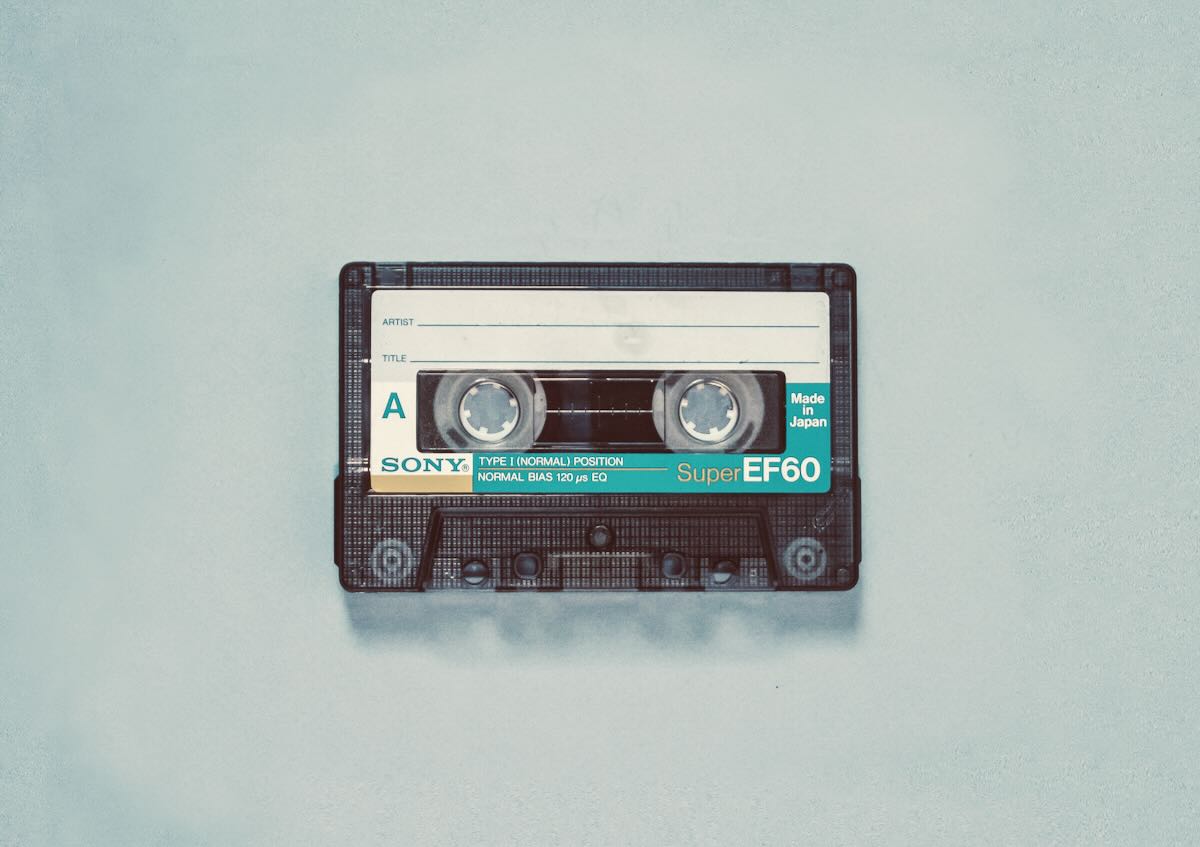 Many thanks to SWLing Post contributor, John, who writes:
Many thanks to SWLing Post contributor, John, who writes:
The video below started with a curious investigation of a mysterious button found on 1980/90 era cassette recorders…. just to end up as being essential knowledge that we probably never had back on the day during our listening sessions.
I think the blog readers will love the most recent video from VWestlife:
Click here to view on YouTube.
Thank you for sharing, John!

Really a wonderful video!
Unfortunately we also have the same “beat-problem” todays.
But now it is switch-mode power supplies. I have two of them in my shack, one has a button and the other a potmeter to adjust in case i experience a beat when operating SSB or CW modes.
I searched ‘beat’ in a new dictionary and found 61 meanings and ‘beat switch’ was not there. It says ’38. Physics a periodic fluctuation caused by simultaneous occurrence of two waves, currents, or sounds of slightly different frequency.’
In electronics it is actually Intermodulation distortion, which is where a non linear device such as a diode, transistor or electron tube is fed with two or more frequencies, it will produce the sum and difference frequencies from all combinations of input frequencies. Sometimes Intermodulation Distortion is an advantage and other times it is a disadvantage.
Radio receivers use intermodulation ‘s frequency difference to change the incoming signal frequency down to audible frequencies which is an advantage. From an AM signal to recover the sound the signal is fed into a diode and the frequency difference between the side frequency and the carrier produces the original sound frequency. If the signal is single sideband, the carrier has been removed prior to transmission. So the ‘Beat Frequency Oscillator’ manually recreates the original carrier and the sound is recovered by the difference between the signal frequency and the BFO frequency despite being performed at a lower frequency where oscillators are more stable.
If you overload an audio amplifier overloaded with a pair of frequencies this makes the sound contain the original frequencies and the sum and difference frequencies and it sounds awful.
The Bias Oscillator’s output power is selectable because Chromium dioxide is harder to magnetise compared to iron oxide. This oscillator is more powerful than any signal in the tuner module. The frequency is between 30 – 100 kHz depending on the highest frequency to be recorded. Otherwise the intermodulation occurring in magnetising the tape would make the bias oscillator audible with the frequency difference between high pitched sound and the bias frequency.
WOW! great video, The only time I recorded AM signals is when I was 9-15 and recorded the hit parade on a reel2reel conected to the family tubes radio.
I went to look at my AIWA Walkman recorders for such switch, the HS-J320 (Bought at J&R in 91) do not but the HS-Js445 (bought in 97) does have OSC. Back in the days I used them to record FM stations.
* Google found interesting service sheet
https://elektrotanya.com/aiwa_hs-js445_si-97-026_service_bulletin.pdf/download.html
**They both do not work any more. I used them heavily while commuting on buses until I got my 50$ 256Mb MP3 player…
TaDood, AM radio has a carrier frequency which used to demodulate AM signals . Considering that in the Americas the AM channel is ±10 kHz wide but stations are allocated in multiples of 10 kHz, a 10 kHz signal can appear in a superhetrodyne receiver if the mixer oscillator is not linear. This 10 kHz tone is removed by a fixed notch filter which does not require tuning when changing channel. Elsewhere the tone is 9 kHz.
Single Sideband (which is not used for broadcast but communications only) receiver has to replace it prior to demodulation. The Beat Frequency Oscillator is simulating the missing carrier. Unfortunately there is no indication of the frequency and phase required, hence the BFO finite tuning control. This is the only function of this control.
FM radio has a channel width of 200 kHz and unlike AM the signal fits inside its channel so no beat frequency to remove.
The cassette recorder contains a bias oscillator which is added to the signal to the recording head and the erase head which reduces sound distortion. The Beat Cut control changes this oscillator’s frequency because the frequency used is in the high 30 kHz range. The FM stereo broadcasters’ Left -Right signal is suppressed carrier AM modulated on 38 kHz and then sent to the main FM modulator. The receiver leaves some of this 23 – 53 kHz signal which will produce an audible beat will only be heard on recordings from a stereo FM signal. The best frequency for adding to the recording head reduces sound distortion but will cause the FM stereo recording above, so the beat switch moves the frequency to reduce the ‘beat’ tone at the price of a small increase in distortion.
Looking at all of these radios, boomboxes, and even AM / FM, cassette recordable walkmans, what do they have in common? Cassette recorders. The ‘Beat Cut’, or BFC, (Beat Frequency Control.), or even BFO, (Beat Frequency Oscillator.), is like a 3-position ‘fine-tune’ to try and cut down on that AM high frequency sounding hetrodyne noise, especially at night where several AM stations pound-in at once. That high frequency audio pitch can mess with the bias frequency of the cassette recorder itself. Do you also remember MPX Filter in high-end early cassette decks? That’s to filter out the 19kHz FM Stereo Pilot Carrier, so that it doesn’t hetrodyne with the bias frequency of the cassette deck. Anyway, ‘Beat-Cut’, of BFC, functions were only in analog tuners, but really were not needed when digital PLL tuning became more prevalent in portables.